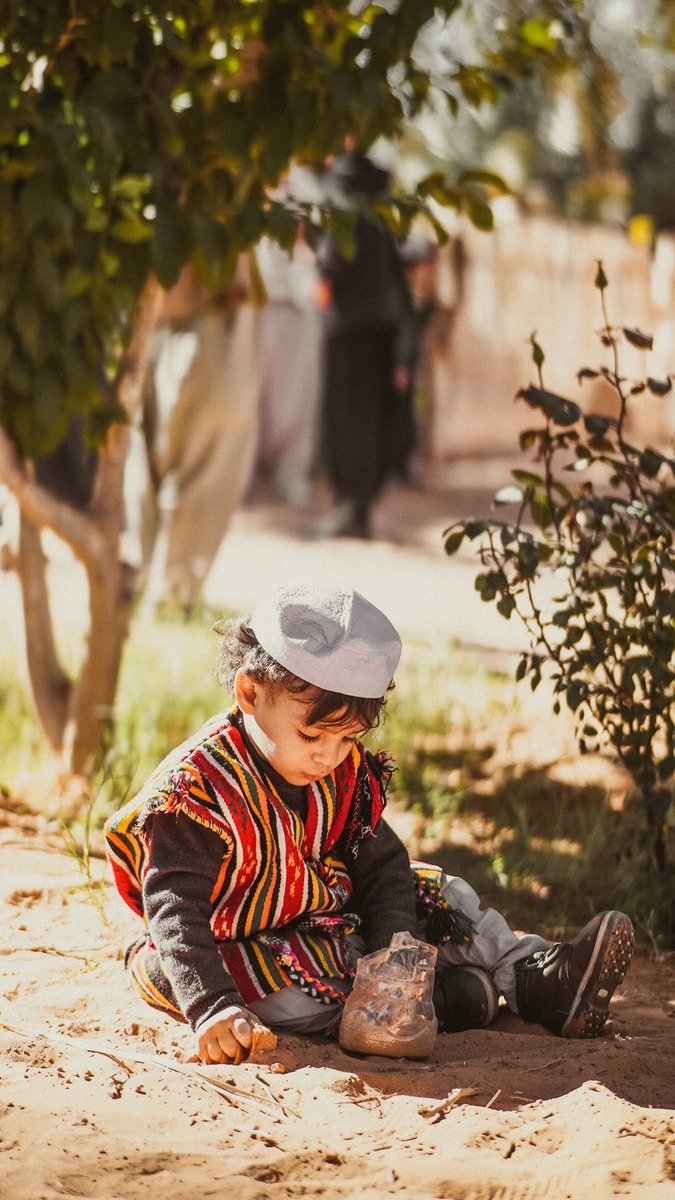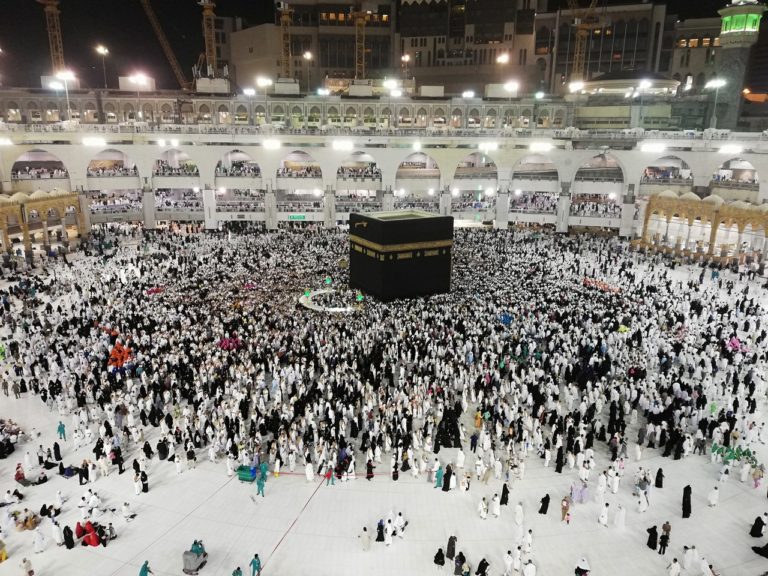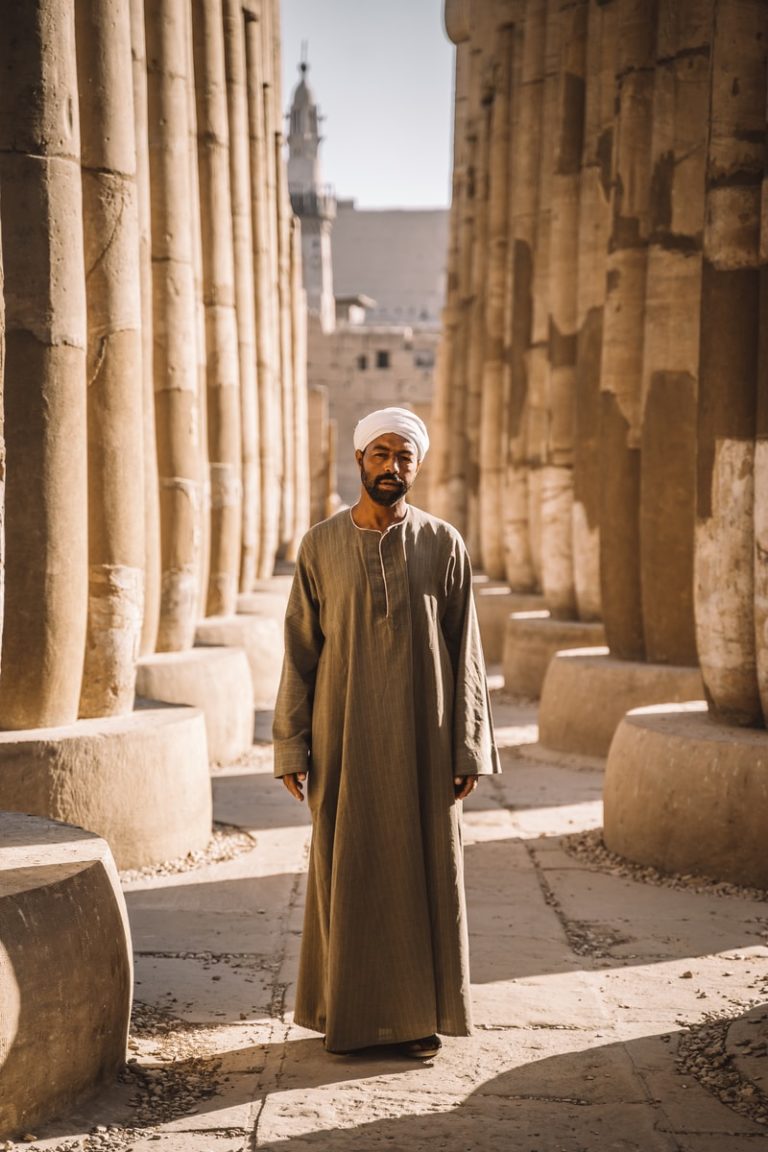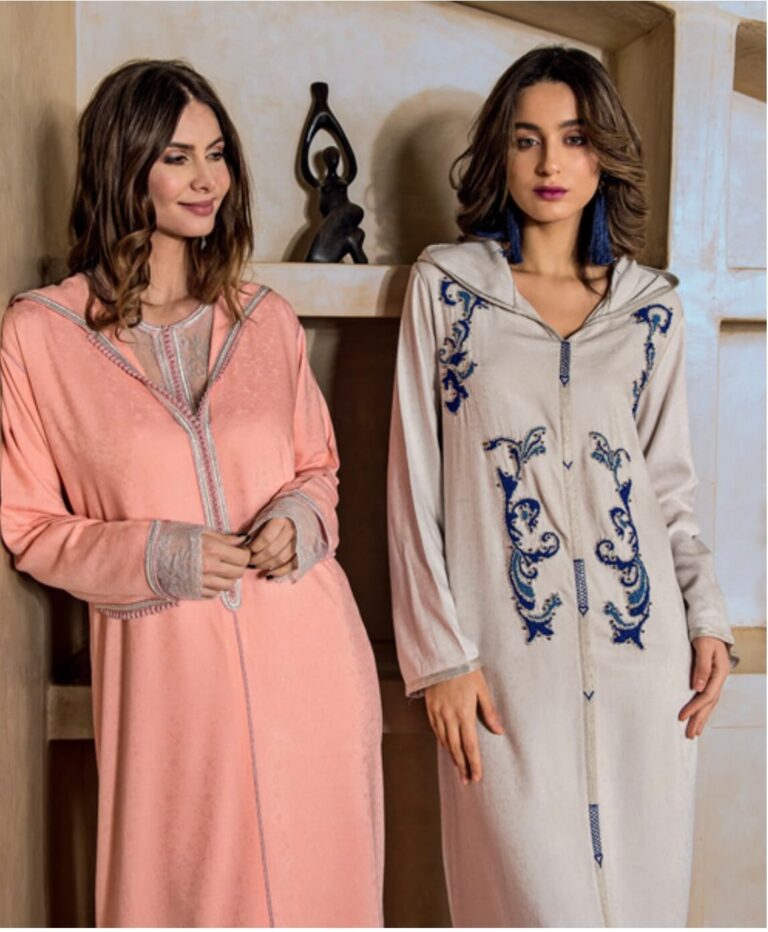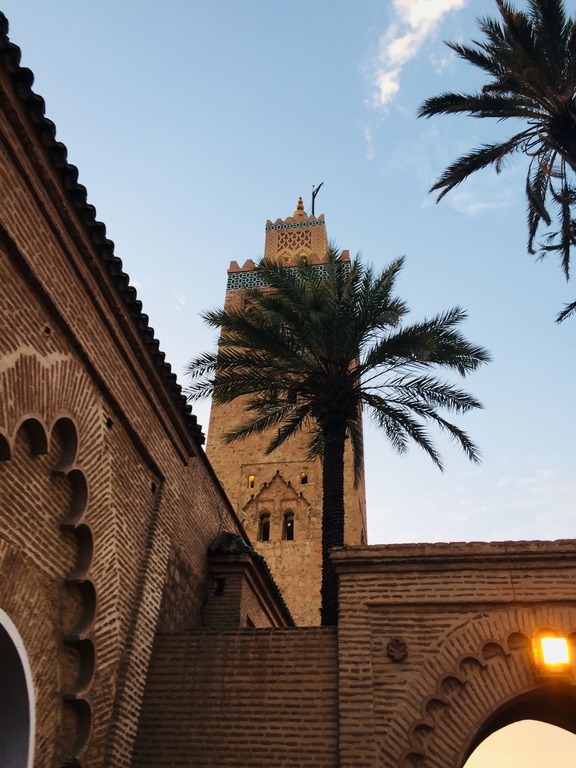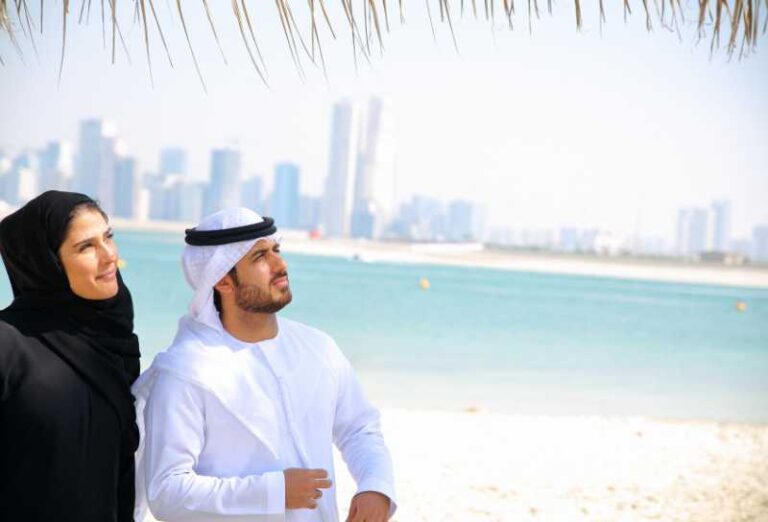Syrian Traditional Clothing
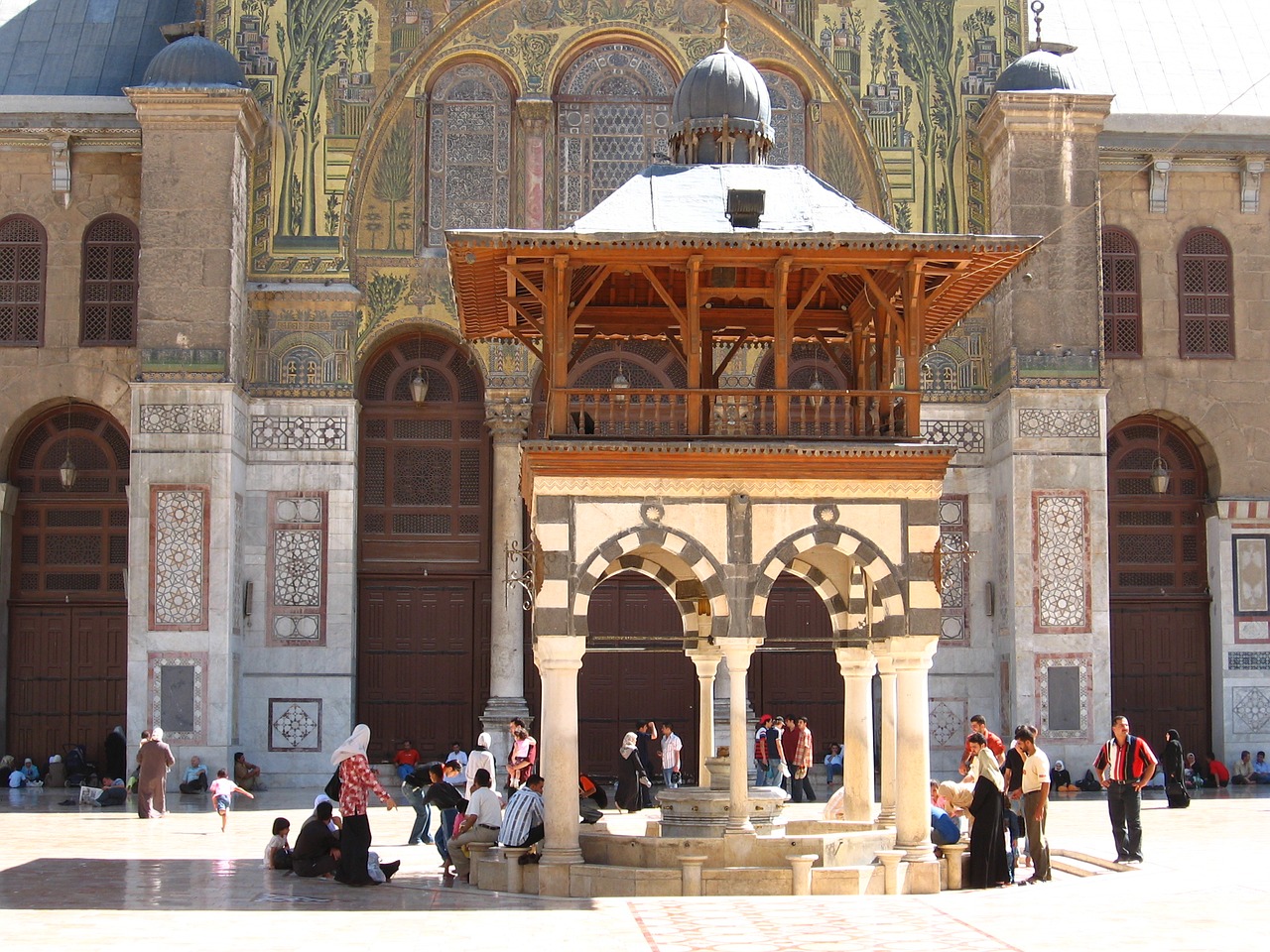
Some links below may be be affiliate links. As an Amazon Associate I earn from qualifying purchases.
The history and traditions of Syria are traced back to 3000 BC when it was part of the Ebla Kingdom and later the coastal belt helped the Phoenicians to establish trading posts here.
Modern-day Syria has been ruled by Romans, Greek, raided by Christians during crusades, and finally, Muslims conquered and made the region a part of the Ottoman Empire.
During these crucial and dynamic years, the Syrian Region experienced a wide range of cultural and traditional amalgamation finally leading to what we see today.
Traditions and culture have minor variations in different regions of the country due to the origin of Muslim ethnicity. The culture of minorities differs from that of the dominating 80% population of Arab origin.
The Alawite Muslims, Druze, Ismailis, Kurds, and Circassians are a few dominating ethnic communities that dictate the culture and traditions of Syria.
Table of Contents
Men’s Traditional Clothing
Syrian Thawb.
It is the traditional cloak-like long dress down to feet, made of cotton or wool as per the season. Mostly it is white, however, dark color Thawb is preferred in winters.
Silk is also used in the traditional dressing, especially for ceremonial activities.
Traditionally, the size, length, and material of THAWB differentiated between the communities, Bedouins, and semi-Bedouins. Thawb is also called Kaftan in Syria.
Shirwal.
Some men do not wear the traditional Thawb, instead, they wear very wide and open trousers called Shirwal.
It is loose at the waist and hip area; however, it is tight but comfortable at the ankle level. The Shirwal is tied at the waist using a band made of leather-like material and is called Alseer.
A normal shirt is worn over it and tucked in Shirwal, which normally has pockets at the chest.
Taqiyah
The most important piece of the dress is the ‘Taqiyah’ which is a three-piece set worn as a scarf. It is made with different colors and materials following the class and affordability of the user.
This headdress set was considered the most important and useful part of men’s dressing as this was protection from sun, sand storm, and cold. It also symbolized expressions of love, interest, or even disregards.
Guthra
A white cap with holes in it is worn under the TAQIYA to keep hair in place that is called ‘Guthra’. It is mostly white.
Agal.
This scarf, ‘SHAMK’ is always worn along with a rope-like securing piece called ‘AGAL’ made of goat hair (for Bedouins) or any fancy fabric (as per modern tradition) that looks like.
In old times, it is believed that the AGAL was a piece of rope held with the BEDOUINS for roping the camels while taking rest in deserts.
To keep this rope safe, they started fastening it on the head and it became a traditional part of the dress.
Cermonial clothing.
Although there is a very less apparent difference in the normal and ceremonial dress worn by Syrian males, few elements are added during ceremonies and functional celebrations.
Leather cross belts and swords or other sharp weapons are considered a traditional part of ceremonial dress. Thawab and Kaftans are worn with a black color cloak which is stitched golden at the edges to look more attractive.
Women’s Traditional Clothing
Abaya
Although you will seldom find a woman in modern Syrian towns wearing a traditional dress, however, in villages and Bedouin culture it can still be seen.
Women’s traditional dress is almost similar to men’s THAWB; however, women prefer wearing a colorful and loose dress as compared to that of men.
This dress is called Abaya, which covers women’s bodies from neck to feel as per Islamic traditions.
In older times, the wide and open sleeves of the dress were tied at the back of the dress to carry child, wood, and other lightweight luggage by women.
There is an uncommon waistband that is also worn in Syrian traditional dress. It is a velvet band that is buckled at the back and sometimes it is tied to the hair making a scarf.
Curious about adding abayas to your closet? Take a look at these choices!
Margruna.
Like men, traditionally women also wore a two-piece headdress. Margruna was a triangular-shaped piece of cloth that used to cover the head when knotted by two ends behind the head.
This piece was made of light cloth, normally of the same color as of the ABAYA. In modern traditions, this piece is not typically a triangular piece and is in different colors.
Shambar Kreshe
Not most famously but in some corners of the country, Shambar Kresh must be a famous word. It is the veil that is worn to cover the female face where only eyes can peek around.
Ceremonial Dresses
For ceremonies like weddings, religious celebration days, and other family functions women use ornaments to adorn their dresses.
Colorful combinations of ABAYA, MARGURANA & SHAMBAR KRESHE make the dress more appealing and graceful. In rich families, heavy jewelry also becomes part of the traditional dress.



